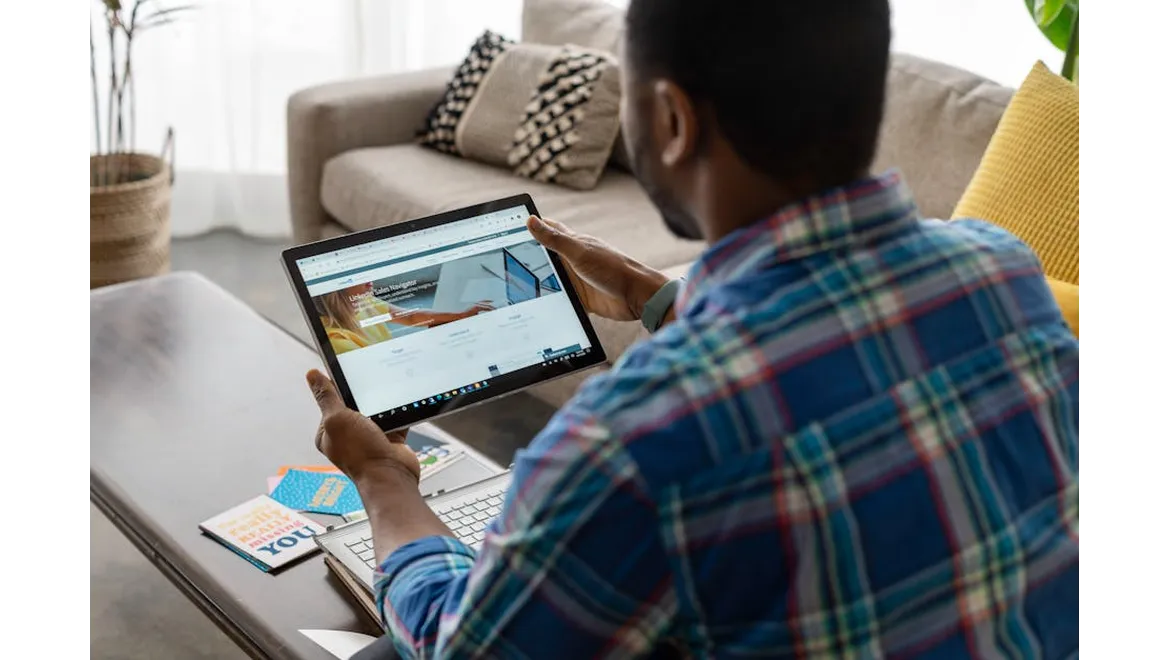Right, let’s talk LinkedIn. We all know it’s the place to be for professional networking, but are we really squeezing every drop of potential out of it? I’ve been experimenting with something pretty exciting – turning employee advocacy into a game, and the results have been, frankly, astonishing. It’s all about motivating your team to champion your brand and, crucially, turning that advocacy into tangible business results.
Why Gamification? Because, Frankly, It’s Fun!
Let’s be honest, simply asking employees to share company updates often falls flat. There’s no real incentive, no feedback, and frankly, it can feel like just another task. That’s where gamification comes in. We’re talking about injecting a healthy dose of competition and reward into the process of sharing company content and engaging with their networks.
Building Your Gamified Employee Advocacy Program:
First, you need a platform. There are several dedicated employee advocacy platforms out there (Bambu by Sprout Social is a good one, as is GaggleAMP), but you can also build something simpler using tools you already have, like a spreadsheet and a team messaging app. Here’s the basic framework:
-
Define Your Goals: What do you want to achieve? More website traffic? Increased brand awareness? Lead generation? Be specific. Knowing your objective is critical to understanding how to monitor the progress.
-
Create a Points System: Award points for specific actions. For example:
- Sharing company content: 5 points
- Engaging with a shared post (like, comment, share): 2 points
- Creating original content related to your industry: 10 points
- Referring a potential lead: 20 points (or more, depending on the lead’s qualification).
- Participating in relevant LinkedIn groups: 3 points per useful contribution.
-
Design Meaningful Rewards: The rewards are key. They need to be desirable and relevant to your team. Consider:
- Public recognition (shout-outs in team meetings, company newsletter).
- Gift cards (Amazon, Starbucks, etc.).
- Extra time off.
- Company swag.
- Opportunities for professional development (training courses, conference tickets).
- Lunch with the CEO or senior leadership.
-
Track Progress and Provide Feedback: Regularly track participation and share the leaderboard. This fosters friendly competition and keeps everyone engaged. Use your chosen employee advocacy platform (or your homemade spreadsheet) to track metrics like shares, reach, engagement, and website traffic generated.
-
Encourage Quality over Quantity: Don’t just reward mindless sharing. Emphasise the importance of engaging authentically with their networks. Reward thoughtful comments, insightful contributions, and genuine interactions.
Understanding Your Target Audience and Their Interests:
This is crucial. Your employees need to understand who they’re trying to reach and what those people care about. Provide them with resources and training on:
- Identifying Target Audiences: Who are your ideal clients? What are their demographics, interests, and pain points?
- Crafting Engaging Content: What kind of content resonates with your target audience? Think beyond just promoting your products or services. Share industry news, thought leadership articles, and helpful tips.
- Personalising Their Approach: Encourage employees to tailor their messages to their individual networks. A generic post is far less effective than one that speaks directly to the recipient’s interests.
Turning Engagement into New Business:
The ultimate goal, of course, is to generate new business. Here’s how to connect employee advocacy to real-world results:
- Lead Referral Programs: Reward employees for referring potential leads through LinkedIn. Provide them with clear guidelines on how to identify and qualify leads.
- Social Selling Training: Equip your employees with the skills they need to engage in social selling on LinkedIn. This includes building relationships, identifying opportunities, and nurturing leads.
- Track Conversions: Use UTM parameters or other tracking methods to measure the impact of employee advocacy on lead generation and sales.
Keeping it Fresh & Engaging:
Gamification isn’t a “set it and forget it” kind of thing. It requires constant tweaking and adaptation. Regularly review the points system, the rewards, and the content being shared. Ask for feedback from your employees and make adjustments based on their suggestions. Introduce new challenges and competitions to keep things interesting. Remember, the key is to create a program that is both fun and effective.
Ultimately, it’s about recognising the power of your employees. They’re your greatest asset, and with a little bit of strategy and a dash of gamification, you can turn them into a formidable force for generating new business on LinkedIn.











